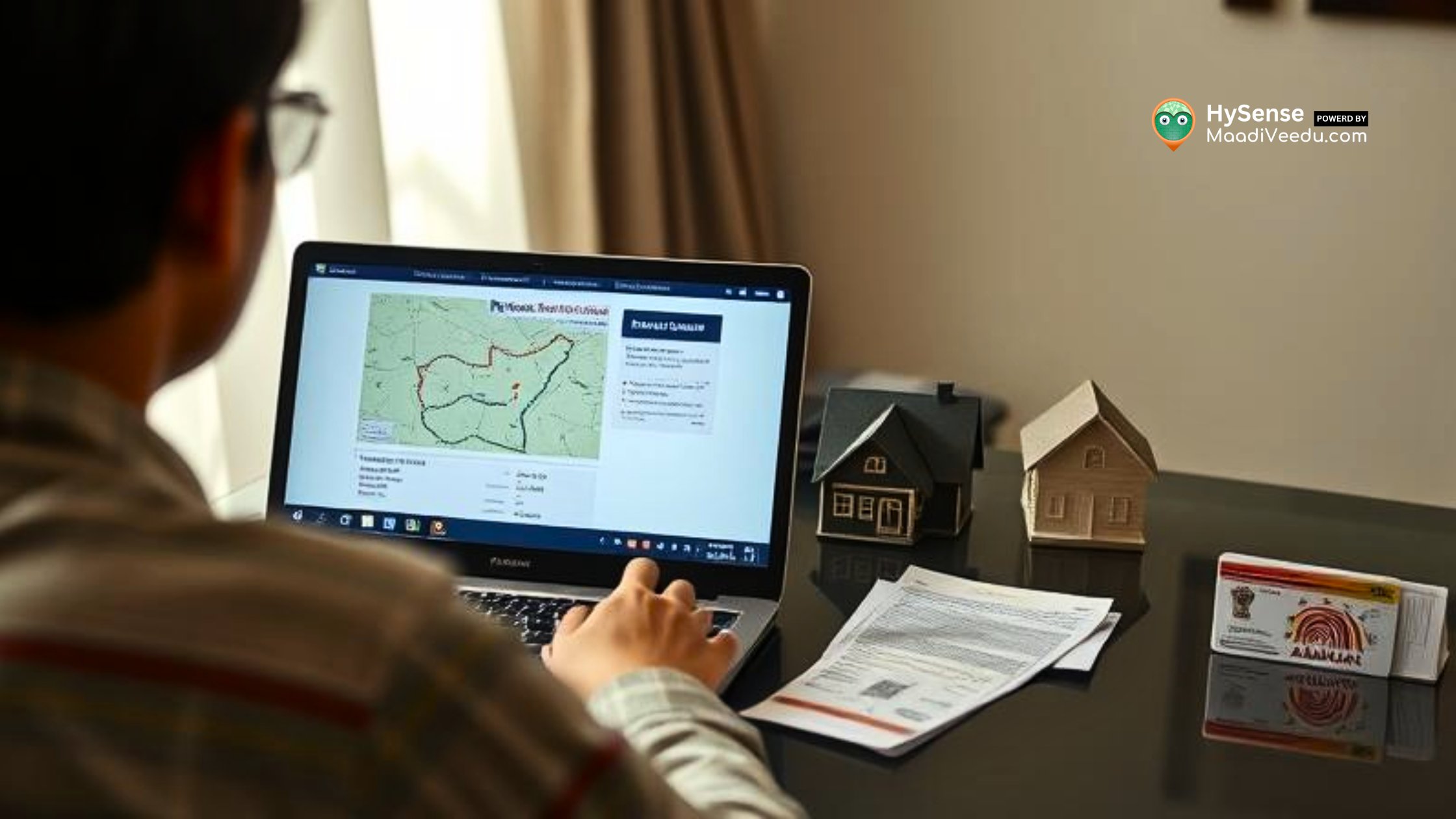How Patta Helps in Getting Agricultural Loans: Easy Guide for Farmers
Learn how Patta helps farmers secure agricultural loans in India. Discover the importance, requirements, and steps for a successful loan application process.

Table of Contents
In India, the process of securing agricultural loans is often closely linked to the ownership and legitimacy of the land being pledged. A key document in this process is the Patta, also known as a land title or ownership document. In this guide, we will explore what Patta is, why it's essential for agricultural loans, and the steps to follow to increase your chances of loan approval. Whether you're a farmer seeking financial support or a lender trying to understand the role of Patta in the loan process, this article will give you a clear understanding.
What is Patta?
Patta is an official document issued by the revenue department of a state that confirms the legal ownership of a specific plot of land. It serves as proof that the individual listed in the document is the rightful owner of the land. For farmers seeking agricultural loans, Patta is crucial because it proves the authenticity of land ownership, making it easier to apply for loans and financial assistance.
Why is Patta Important for Agricultural Loans?
When applying for an agricultural loan, a valid Patta serves as essential evidence that the applicant is the legitimate owner of the land they wish to pledge as collateral. Lenders—whether banks or financial institutions—require this document to ensure that the borrower has the legal right to use the land as security for the loan. Without a valid Patta, the loan application may be rejected, as the lender cannot verify the authenticity of the land ownership.
How Patta Influences Agricultural Loan Approval
1. Patta and Bank Loans: A Necessary Link
In the case of agricultural loans, the relationship between Patta and the loan approval process is vital. Banks and financial institutions need the Patta to verify land ownership and its legal status. The document must clearly state the land's ownership and ensure that there are no disputes or encumbrances.
2. Legal Status of the Land
Banks require that the land be free from legal disputes or other liabilities. They need to confirm that there are no ongoing lawsuits or claims over the property. The Patta plays an important role in proving the land’s legal standing, thus reducing risks for the lender.
3. Clear Title and Up-to-date Patta Document
An outdated or incorrect Patta can delay the loan approval process. It is crucial that the Patta reflects the most current and accurate details of ownership. The bank may also verify the Patta through local authorities to ensure its validity.
4. Land Use and Suitability
Lenders also assess whether the land is suitable for agricultural use. Banks usually require that the land is classified as agricultural land and meets certain conditions like proper irrigation facilities and good soil quality. Some lenders may also conduct an on-site inspection or survey to verify the condition of the land.
Steps to Follow for Loan Approval Using Patta
1. Gather Supporting Documents
Along with the Patta, other documents are necessary for the loan application process. These include:
- Identity Proof: Aadhaar card, voter ID, or passport.
- Address Proof: Utility bills, rental agreements, etc.
- Land Documents: Sale deed, past tax receipts, and prior Patta copies.
- Agricultural Plan: A brief on how the loan will be utilized for farming.
2. Submit the Loan Application
After ensuring you have all the necessary documents, fill out the loan application form provided by your bank or financial institution. Make sure you attach the Patta and other supporting documents as required.
3. Follow-up and Processing
Once submitted, the bank will review your application. It may ask for additional documents or clarification. It's essential to follow up regularly to ensure smooth processing.
Benefits of Patta in Agricultural Financing
Having a valid Patta comes with numerous advantages for both the borrower and lender. Let's look at the key benefits:
1. Increases Credibility
Patta confirms that the land is legally owned by the applicant, enhancing the borrower’s credibility in the eyes of the lender.
2. Minimizes Risk for Lenders
With a valid Patta, banks can be sure that the land is free from disputes and encumbrances, reducing the risk of lending.
3. Speeds Up Loan Processing
The presence of clear land ownership details in the Patta document can expedite the loan processing. This streamlines verification, allowing the bank to quickly assess and approve the loan application.
4. Helps in Securing Higher Loan Amounts
A valid Patta gives confidence to lenders that the land is legitimate. This can improve your chances of securing a higher loan amount and potentially better loan terms, such as lower interest rates.
5. Legal Protection
Having a Patta ensures that your ownership rights are protected. It helps prevent potential legal disputes over land ownership, which could complicate loan repayment.
6. Enables Other Financial Transactions
Besides securing loans, Patta can also be used for other financial activities like selling, leasing, or even obtaining government subsidies and grants for agricultural development.
Tips for Farmers Using Patta for Agricultural Loans
- Keep Patta Updated: Ensure that your Patta is current and accurately reflects any recent changes in land ownership.
- Secure Your Documents: Always keep physical and digital copies of your Patta in a safe location to avoid loss or damage.
- Consult Financial Experts: If you're unsure about how to proceed, consult a financial advisor to help you navigate the agricultural loan application process.
Patta Documentation Issues and Solutions
While the Patta is an essential document for agricultural loans, there are some common issues that farmers might face:
- Outdated Patta: If the Patta hasn't been updated in a while, it might contain incorrect or incomplete information. Farmers should ensure that the document is updated regularly to reflect current ownership details.
- Land Disputes: Legal issues, such as disputes over land ownership or encroachments, can complicate the loan process. It's important to resolve these issues before applying for a loan.
- Inconsistent Land Records: Discrepancies between the Patta and land records can delay loan approval. Farmers should cross-check the details and correct any inconsistencies before submitting their application.
Conclusion
In summary, Patta plays a crucial role in the agricultural loan process. It not only proves ownership but also facilitates smoother loan processing and increases the chances of securing higher amounts with better terms. For farmers, understanding the significance of Patta and ensuring that the document is valid and up-to-date is essential to successfully applying for agricultural loans.
By following the necessary steps, maintaining proper records, and ensuring that all the required documents are in order, farmers can significantly improve their chances of obtaining the financial support needed for agricultural development.
With Patta in hand, securing an agricultural loan becomes a more straightforward process, helping farmers gain access to the resources required to enhance their farming operations.
Stay updated with helpful tips and insights for farmers by following us for more expert advice and resources on securing agricultural loans and improving your farm.










